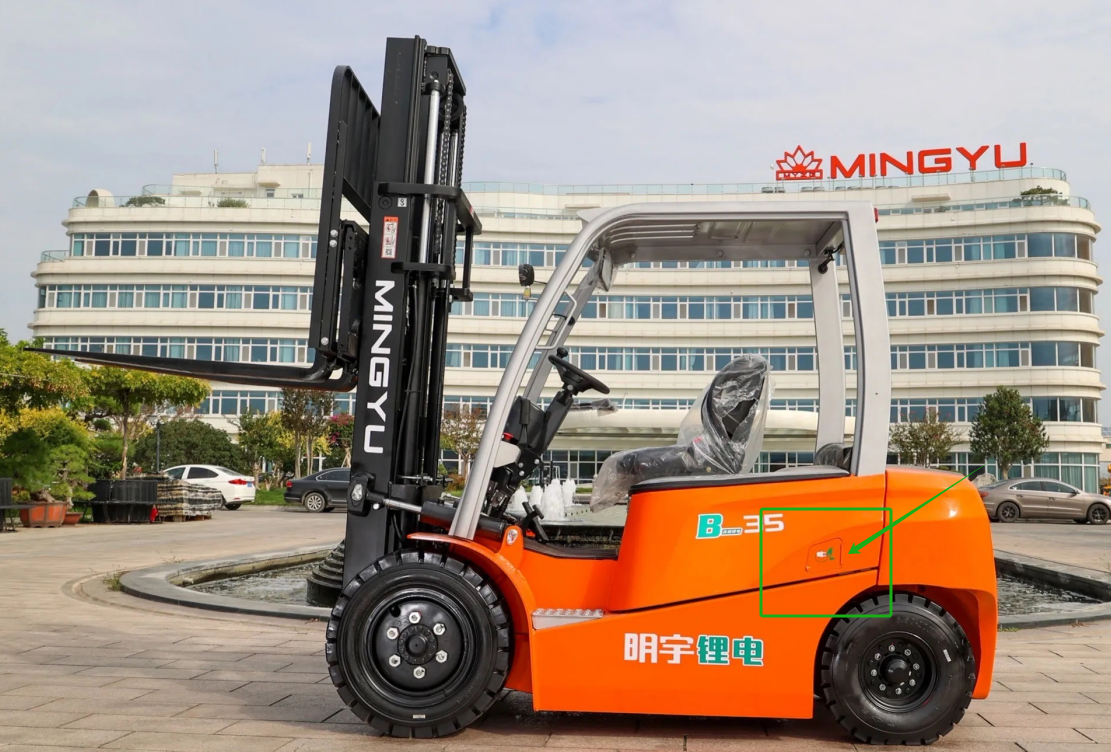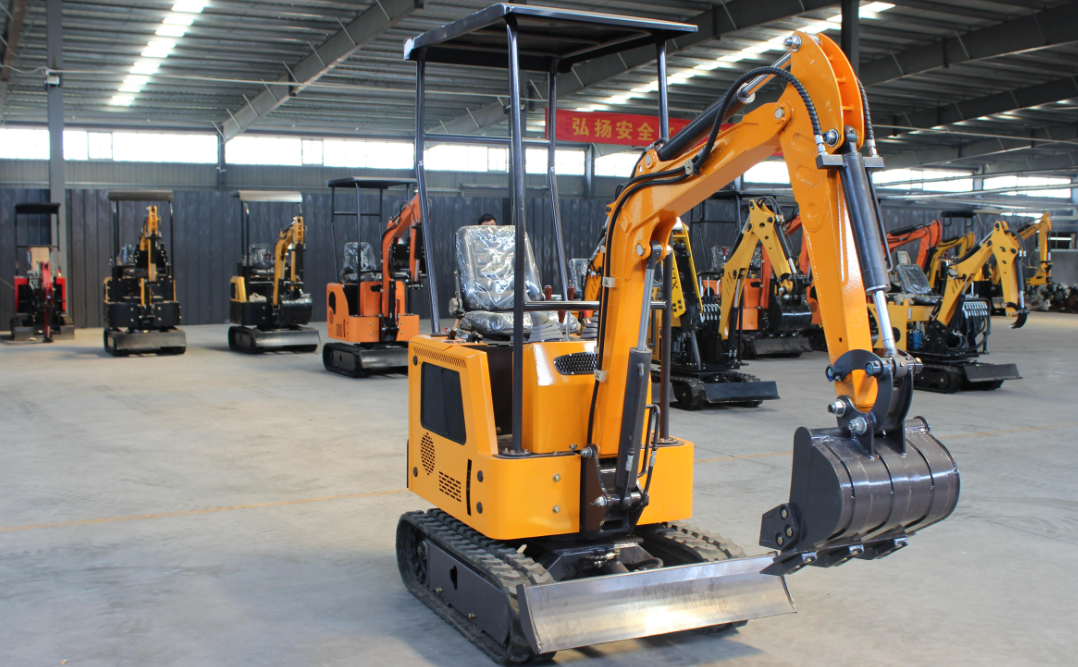Heavy equipment, also known as heavy machinery, refers to large, powerful machines used for construction, mining, and various industrial applications. These machines are designed to perform tasks that require significant force, such as digging, lifting, and transporting heavy materials. Heavy equipment plays a crucial role in shaping our modern world, from building infrastructure to extracting natural resources.

Types of Heavy Equipment
Heavy equipment can be broadly categorized into several types based on their specific functions:
Earthmoving Equipment
- Bulldozers: These versatile machines are used for grading, leveling, and moving large amounts of earth.
- Excavators: Equipped with powerful digging arms and buckets, excavators are used for digging trenches, foundations, and other excavations.
- Backhoe Loaders: These machines combine the functions of a backhoe and a front-end loader, making them versatile for various tasks.
- Scrapers: Scrapers are used for large-scale earthmoving operations, such as highway construction and land reclamation.
- Graders: Graders are used to smooth and level surfaces, such as roads, highways, and airstrips.
Material Handling Equipment
- Cranes: Cranes are used to lift and move heavy loads, such as construction materials and large equipment.
- Forklifts: Forklifts are used for transporting materials within warehouses, factories, and construction sites.
- Loaders: Loaders are used for loading and unloading materials, such as gravel, sand, and dirt.
Construction Equipment
- Concrete Mixers: These machines mix cement, water, and aggregates to produce concrete.
- Pavers: Pavers are used to lay asphalt and concrete pavements.
- Rollers: Rollers are used to compact soil and asphalt to create smooth surfaces.
- Drilling Rigs: Drilling rigs are used for drilling boreholes for various purposes, such as water wells, oil and gas exploration, and foundation construction.

Mining Equipment
- Mining Trucks: These large trucks are used to transport large quantities of mined materials, such as coal, ore, and rock.
- Mining Shovels: Mining shovels are used for digging and loading large volumes of material.
- Drilling Rigs: Drilling rigs are used to drill into the earth to extract minerals and other resources.
How Heavy Equipment Works
Heavy equipment relies on various technologies to perform its tasks:
Power Sources:
- Diesel Engines: Most heavy equipment is powered by diesel engines, which provide high torque and fuel efficiency.
- Electric Motors: Electric-powered equipment is becoming increasingly popular, offering zero emissions and quiet operation.
- Hybrid Power Systems: Hybrid systems combine diesel engines and electric motors to improve fuel efficiency and reduce emissions.
Hydraulic Systems:
- Hydraulic Cylinders: These components convert hydraulic pressure into mechanical force, enabling the movement of heavy loads.
- Hydraulic Pumps: Hydraulic pumps generate high-pressure fluid to power the hydraulic system.
- Hydraulic Valves: Hydraulic valves control the flow of hydraulic fluid, allowing for precise and efficient operation.

Control Systems:
- Manual Controls: Traditional heavy equipment relies on manual controls, such as levers and pedals, to operate the machine.
- Computerized Controls: Modern heavy equipment often incorporates computerized control systems, which enable precise and efficient operation.
Safety Considerations
The operation of heavy equipment poses significant safety risks. To mitigate these risks, it is essential to:
- Operator Training: Operators must be properly trained to operate heavy equipment safely and efficiently.
- Equipment Maintenance: Regular maintenance and inspections are crucial to ensure the safe and reliable operation of heavy equipment.
- Worksite Safety: Safe work practices, such as wearing personal protective equipment (PPE) and following site-specific safety protocols, are essential.
Environmental Impact and Sustainability
Heavy equipment can have a significant environmental impact, including air pollution, noise pollution, and soil erosion. To minimize these impacts, manufacturers and operators are increasingly adopting sustainable practices:
- Emissions Reduction: Low-emission technologies, such as hybrid and electric power systems, are being developed to reduce emissions.
- Sustainable Practices: Recycling and waste reduction initiatives are being implemented to minimize the environmental footprint of heavy equipment operations.
- Energy-Efficient Operations: Innovative technologies are being used to improve the fuel efficiency of heavy equipment.
Future Trends in Heavy Equipment
The future of heavy equipment is bright, with several exciting trends emerging:
- Automation and Robotics: Autonomous machines and remote control systems are being developed to improve safety and efficiency.
- Digitalization and IoT: Digital technologies, such as IoT and AI, are being used to optimize equipment performance and maintenance.
- Electric and Hybrid Power: Electric and hybrid-powered equipment is becoming increasingly popular, offering cleaner and more sustainable solutions.
As technology continues to advance, heavy equipment will become even more powerful, efficient, and environmentally friendly.
Post time:Nov.21.2024
